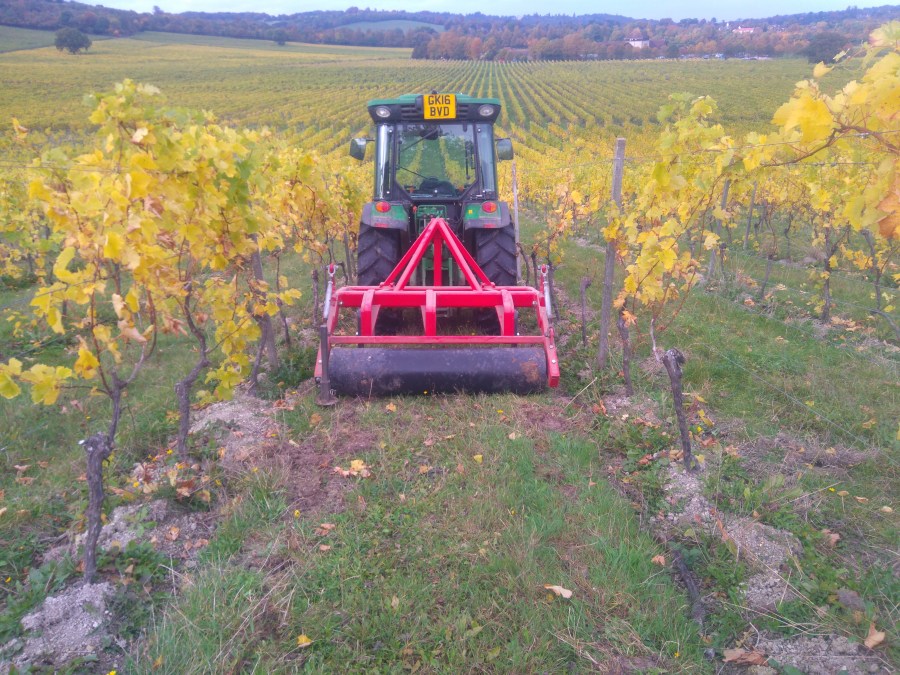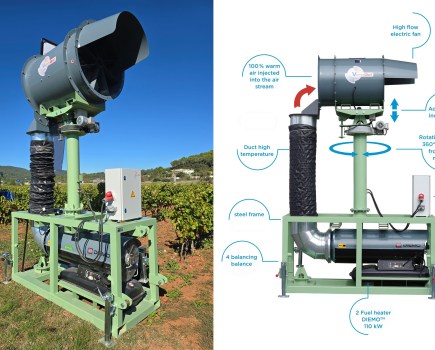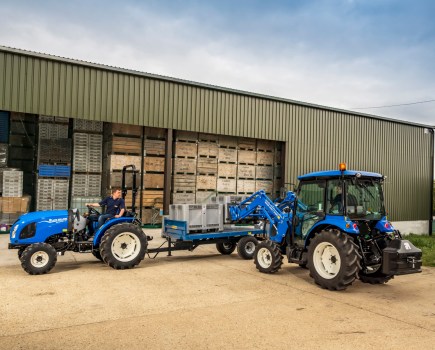Ignoring what is going on under the vines is all too easy, but forgetting to subsoil every few years will have a detrimental impact on soil health and thus vine productivity.
As with so many of the jobs you do to the soil, the effect of subsoiling is never immediate and the long-term benefits may not be apparent for five or six years.
“You really have to understand the soil,” said viticultural consultant Duncan McNeil. “In the soil profile, 25% of the volume should be air, which is why subsoiling is so important. Vineyards suffering from soil compaction will often show signs of leaf cholorosis because nitrogen fixing bacteria can’t function in a soil with no oxygen. Air also helps the soil to warm up and the more we can do to encourage a warm soil the more productive our vines will be and you will get high yields.”
Having teamed up with Essex-based manufacturers Keeble Brothers, Duncan has designed a subsoiler specifically suited to cope with the heavy, clay dominated soils of the South East of England.
“Clay soils are more prone to compaction, with less pores to allow for oxygen,” said Duncan. “But most vineyard subsoilers have been built for wine regions with lighter soils and they’re often not suitable. I went to Keeble Brothers, who have been building machines for the arable sector for years, to design a robust machine, produced with thick, high quality steel which would be strong enough to pull through heavy clay.”
As well as being fitted with configurable tines, which can be positioned in a wide or narrow setting depending on the horsepower (hp) of the tractor and how heavily compacted the soil is, Keeble Brothers have also added a cutting disk in front of the tine to split the surface of the grass so that it doesn’t create too much disturbance in the soil surface.
“The vineyard I manage has exceptionally heavy soil so I subsoil down to 12 inches,” said Duncan. “My tractor is 85hp and weights about 3 tonnes, so if I wanted to go any deeper in this very heavy clay I would need a heavier tractor but on slightly lighter soil you will be able to go down to around 14 inches. If you go any less than 12 inches deep you are not properly subsoiling and just working through the top soil.”




